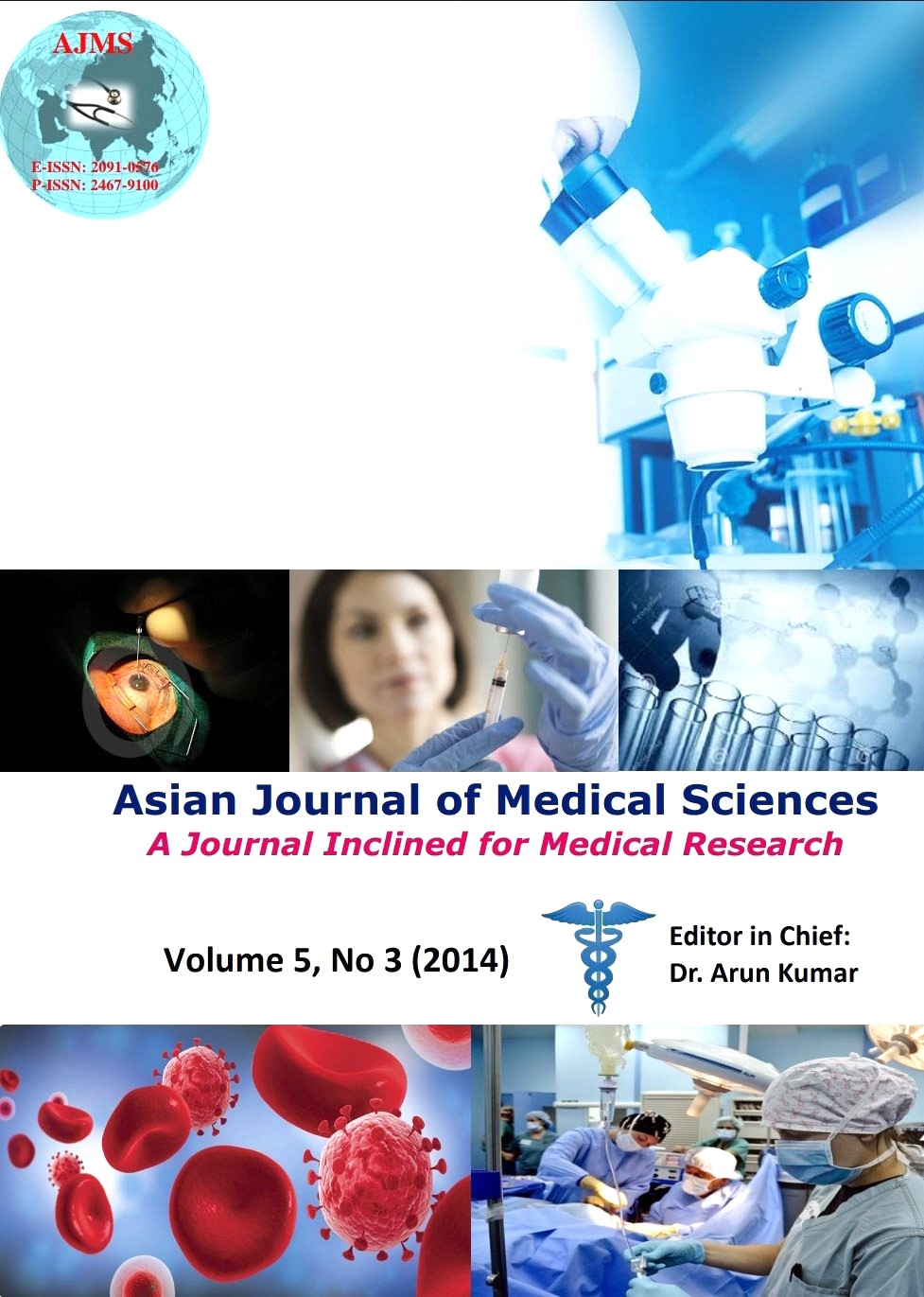A study of short term heart rate variability in dipping tobacco users
Keywords:
Smokeless tobacco, heart rate variability, dipping tobacco, cardiovascular autonomic functionsAbstract
Background: WHO (2010) reported the rise in the number of smokeless tobacco users in India. Dipping tobacco is a form of smokeless tobacco being used in these region in various trade names. Nicotine in smoking tobacco is found to alter the cardiovascular autonomic functions. As the expected cardiovascular mortality due to tobacco use across the globe is very high, here we studied the effect of dipping tobacco on cardiovascular autonomic function using the short term heart rate variability (HRV) analysis.
Methods: Five minutes Lead II ECG at rest is aquired from male dipping tobacco moderate users (n=30) and age matched controls (n=30). Frequency and time domain parameters were derived and analysed using the Kubios HRV analysis software. Blood pressure changes were also compared. Unpaired ‘t’ test was done using SPSS 17.0 and statistical significance was set at p<0.05.
Results: Significant changes in certain parameters indicated that there is a developing set back in the sympathetic control over the heart (LF, 383.8+115.8, 952.8+131.1, p<0.01) and also an established increase in diastolic blood pressure (73.1+2.8, 65.48+1.5, p<0.01).
Conclusion: Dipping tobacco a form of smokeless tobacco is equally harmful like any smoked tobacco in altering the cardiovascular autonomic function. Thereby the increase in smokeless tobacco users in India or any country is going to add up more to the mortality rate due to tobacco related diseases in near future as estimated by WHO. An immediate measure to stop the production, sale and use of these smokeless tobacco products could curb this menace.
Asian Journal of Medical Science, Volume-5(3) 2014: 91-94
Downloads
Downloads
Additional Files
Published
How to Cite
Issue
Section
License
Authors who publish with this journal agree to the following terms:
- The journal holds copyright and publishes the work under a Creative Commons CC-BY-NC license that permits use, distribution and reprduction in any medium, provided the original work is properly cited and is not used for commercial purposes. The journal should be recognised as the original publisher of this work.
- Authors are able to enter into separate, additional contractual arrangements for the non-exclusive distribution of the journal's published version of the work (e.g., post it to an institutional repository or publish it in a book), with an acknowledgement of its initial publication in this journal.
- Authors are permitted and encouraged to post their work online (e.g., in institutional repositories or on their website) prior to and during the submission process, as it can lead to productive exchanges, as well as earlier and greater citation of published work (See The Effect of Open Access).




